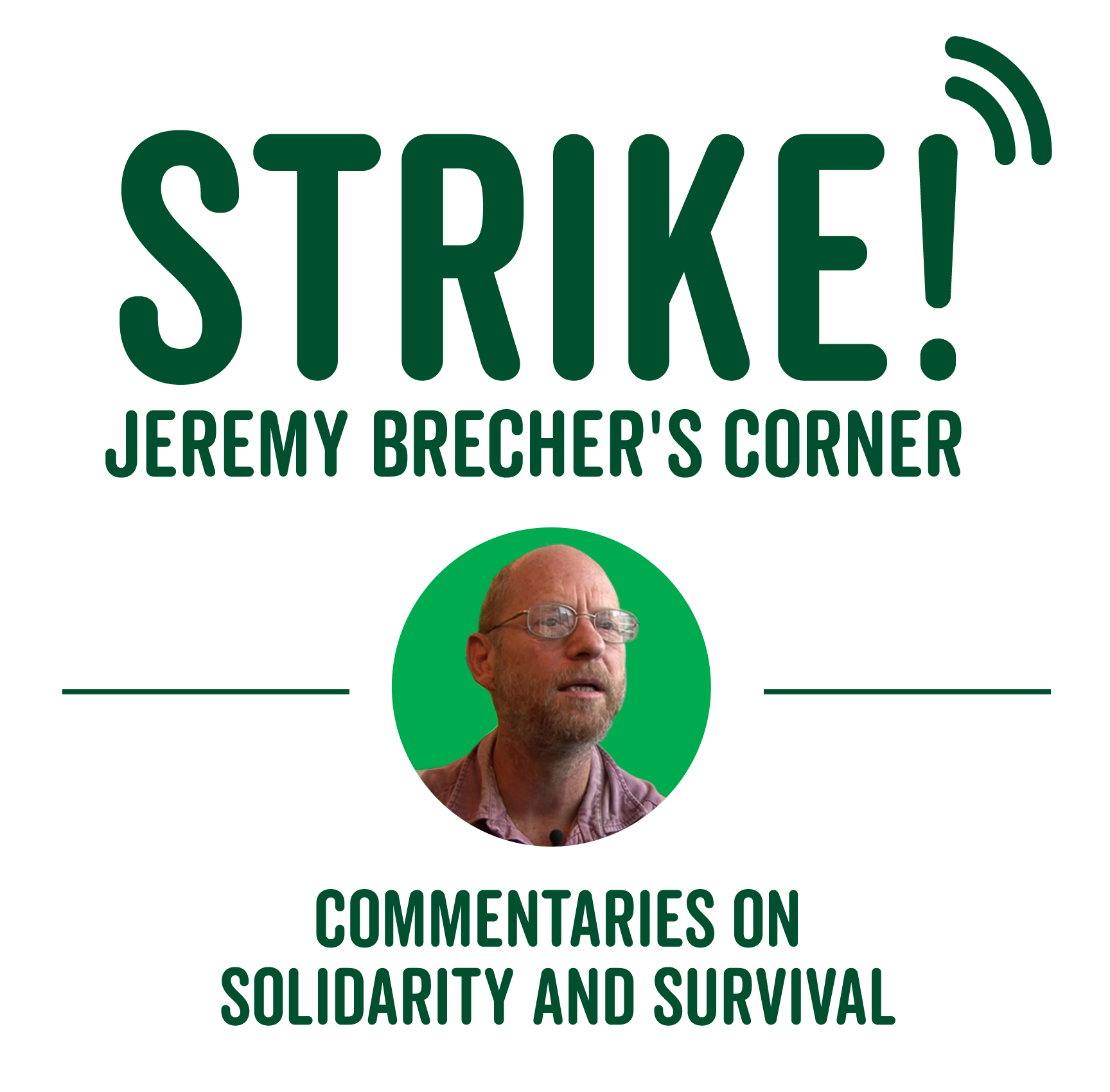This, the fifth in a series of posts on the Future of Climate Strikes, describes how student climate strikers appealed for adult support and organized the largest climate action in world history. For the entire Future of Climate Strikes series see here.

In May 2019, Greta Thunberg and 46 other youth climate activists from around the world issued a call for adults to join the youth climate strikes.[1] They demanded that governments “immediately provide a safe pathway to stay below 1.5 degrees of warming.” Emissions must drop rapidly “so that by the time we will be in our mid- and late-20s we are living in a completely transformed world.”
Children and students had to mobilize because “It’s been years of talking, countless negotiations, empty deals on climate change.” Fossil fuel companies had been “given free rides to drill beneath our soils and burn away our futures for their profit.” Politicians have “willingly handed over their responsibility for our future to profiteers whose search for quick cash threatens our very existence.”
The statement called adults to shoulder their responsibilities. “This is not a single-generation job. It’s humanity’s job.” It asked adults “to join together and step up and out of your comfort zone. Let’s all join together with your neighbors, co-workers, friends, family” and “go out to the streets.” And it shamed them for not doing so. “Today we children are fighting for ourselves, but so many of our parents are busy discussing whether our grades are good, or a new diet or what happened in the Game of Thrones finale – whilst the planet burns.”
The students appealed to “unleash mass resistance.” “We have shown that collective action does work.” People have risen up before to demand action and make change. “If we do so in numbers we have a chance.”
Organizing began immediately. The youth networks like Fridays for the Future and Youth Climate Strike US that had organized the previous strikes began making plans. Meanwhile adult groups began mobilizing as well. Environmental, religious, and other groups asked their members to start planning. The climate organization 350.org took lead responsibility for coordinating adult support in the U.S. Adult groups emphasized that the movement would be led by young people and that the role of adults would be to support the youth not try to run their show.
Organizers estimated that 7.6 million people joined the global climate strike on September 20-27 2019, making it the largest demonstration against climate change in the world’s history. There were more than six thousand events in 185 countries. 1.4 million participated in Germany; 1 million in Italy; 600,000 in Canada; 500,000 in the US; 350,000 in Australia; and 350,000 in the United Kingdom.[2]
The September 20 demonstrations started in New Zealand and in Australia, where organizers estimated 300,000 protesters marched in 110 towns and cities. In New York, where public schools excused students who had parental permission to join the strikes, tens of thousands of people, mostly youth, marched through lower Manhattan, briefly shutting down some streets. In Paris, Marie-Lou Sahai, 15, skipped school along with thousands of others because “the only way to make people listen is to protest.” In Florida, where homes are being lost to rising waters, high school students shouted “Miami is under attack.” In Poland, many middle schools gave students the day off so they could participate in the rallies in Warsaw and other cities.
More than 100,000 demonstrated at the Brandenburg Gate in Berlin while the German Cabinet considered a $60 billion plan to curb Germany’s greenhouse gas emissions. In London thousands of schoolchildren and their adult supporters demonstrated at Parliament. In Puerto Rico, the strike was led by the “Maria Generation,” aka the generation of “I’m not going to let you do this to me”; 17-year-old climate striker Fernando Ramírez said Hurricane Maria provided “a reality check telling us that climate change is real — to tell us that we need to fight.”[3] There were protests in Japan, South Korea, the Philippines, Hong Kong and India. In the Afghan capital Kabul, 100 young people marched behind young women carrying a banner emblazoned with “Fridays for Future.”[4]
In some places action went beyond school walkouts, marches, and rallies. In Washington, DC at rush hour on September 23, an estimated 2,000 people disrupted 22 key intersections. Protestors blockaded one crossroads with a yacht and chained themselves to it. Some blocked roads with an 80-foot long inflatable oil pipeline. Others danced in the streets with college students, nurses, and passersby joining in, chanting, “We demand a Green New Deal,” and “Our house is on fire, put the fire out.” Black Lives Matter and healthcare workers blocked another intersection by setting up a free blood pressure clinic in the middle of the road.[5] Such escalation may foreshadow more militant climate strikes to come.
While coordinated days of global climate action are not new, this was the largest so far. It drew in regions and constituencies that had barely been touched before. While some existing adult organizations helped, the strike was primarily self-organized by local students and local adults in locations around the world. The adults who joined were both shamed and inspired by the students who initiated it.
The impact of the Climate Strike on hearts and minds should not be underestimated. It put out a message that reached hundreds of millions of people around the world. The fact that it was not just a verbal message but was backed by the action and sacrifice of millions of young people and their supporters multiplied that impact. It stimulated debate on climate policy around the world. But its impact on actual government or corporate policy, let alone on economic and social structures that perpetuate climate destruction, would be hard to discern. Indeed, the December 2019 UN climate conference the strike was timed to affect did little to strengthen the greenhouse gas reduction commitments made by leading polluters. Evidently shame was not enough to force them to stop destroying the climate.
[1] Greta Thunberg and 46 youth activists, “Young people have led the climate strikes. Now we need adults to join us too,” Guardian, Thu 23 May 2019 https://www.theguardian.com/commentisfree/2019/may/23/greta-thunberg-young-people-climate-strikes-20-september
[2] 350.org : https://350.org/press-release/6-6-million-people-demand-action-after-week-of-climate-strikes/
[3] Alleen Brown, “Two Years After the Hurricane, Puerto Rico’s ‘Generation Maria’ Leads a Climate Strike,” The Intercept, September 20, 2019.
[4] Jennifer Peltz and Frank Jordans and Associated Press reporters around the world, “Global Climate Strike protests: Young people around the world take to the streets to demand climate change action,” Chicago Tribune, September 20, 2019. https://www.chicagotribune.com/nation-world/ct-nw-global-climate-strike-protests-20190920-7tzta6joojf7zcaz5rq34bpitm-story.html
[5] “We’re Going In” September 23, 2019 release on DC action” https://risingtidenorthamerica.org/2019/09/were-going-in-activists-successfully-blockade-key-intersections-in-downtown-dc-to-demand-action-on-the-climate-crisis/

